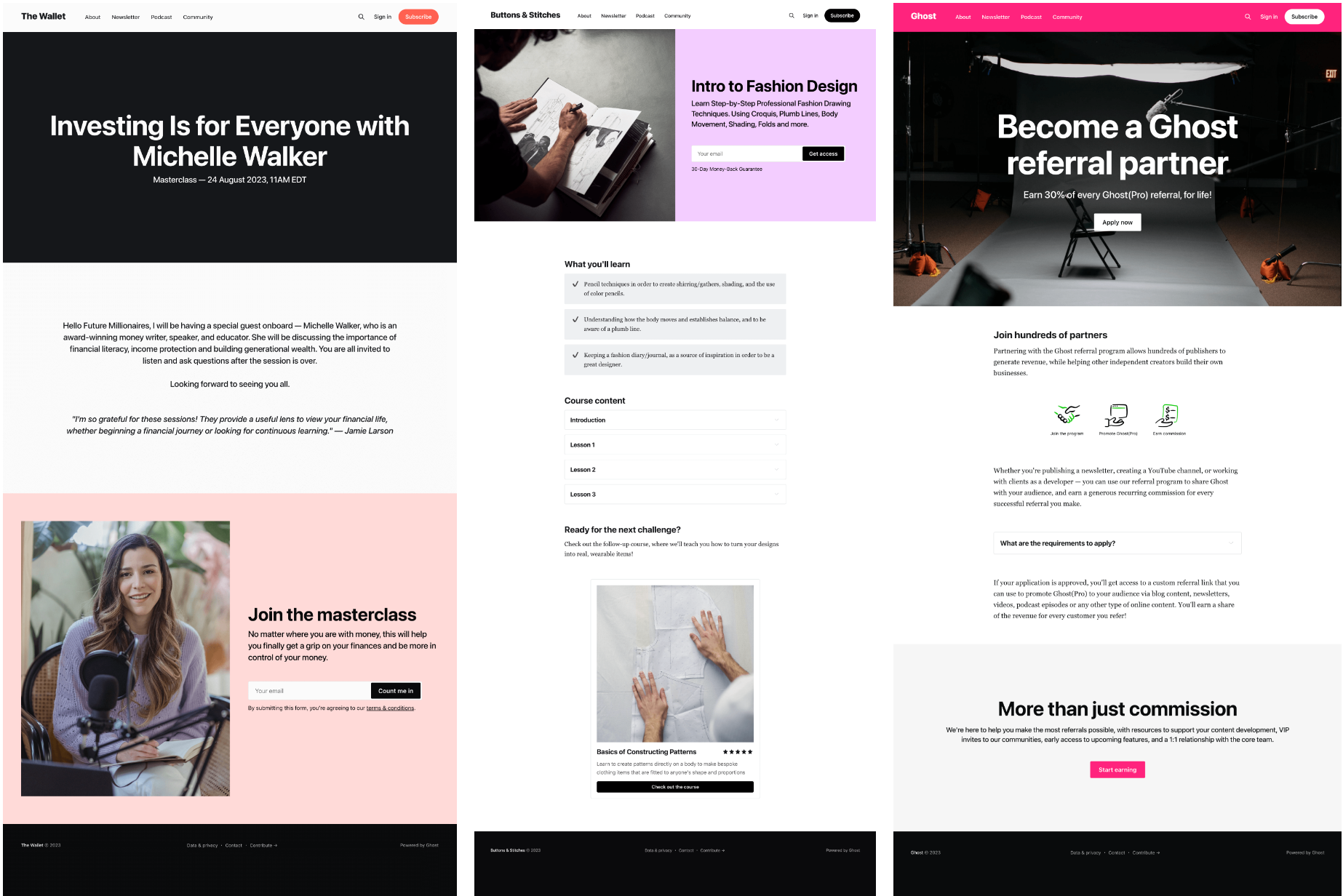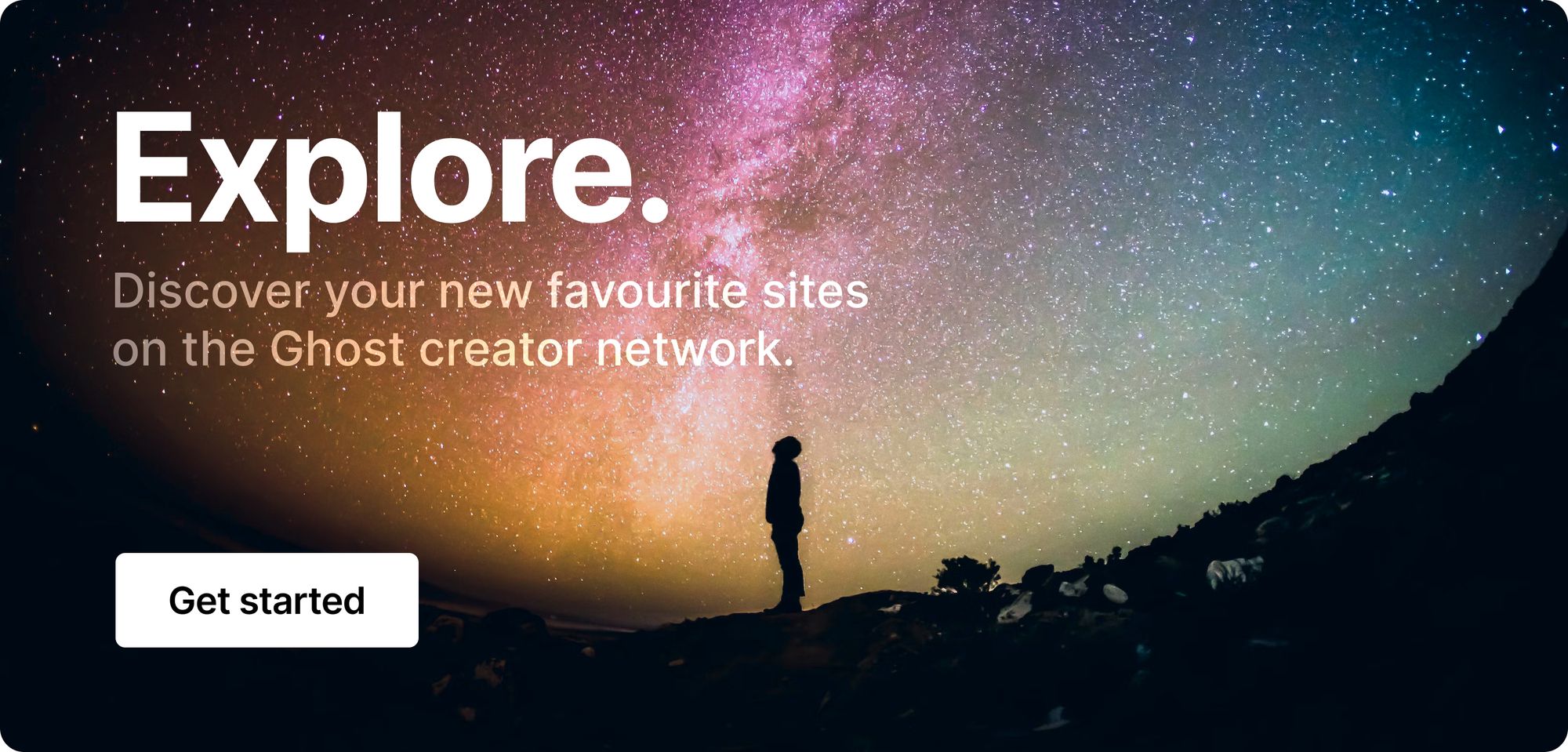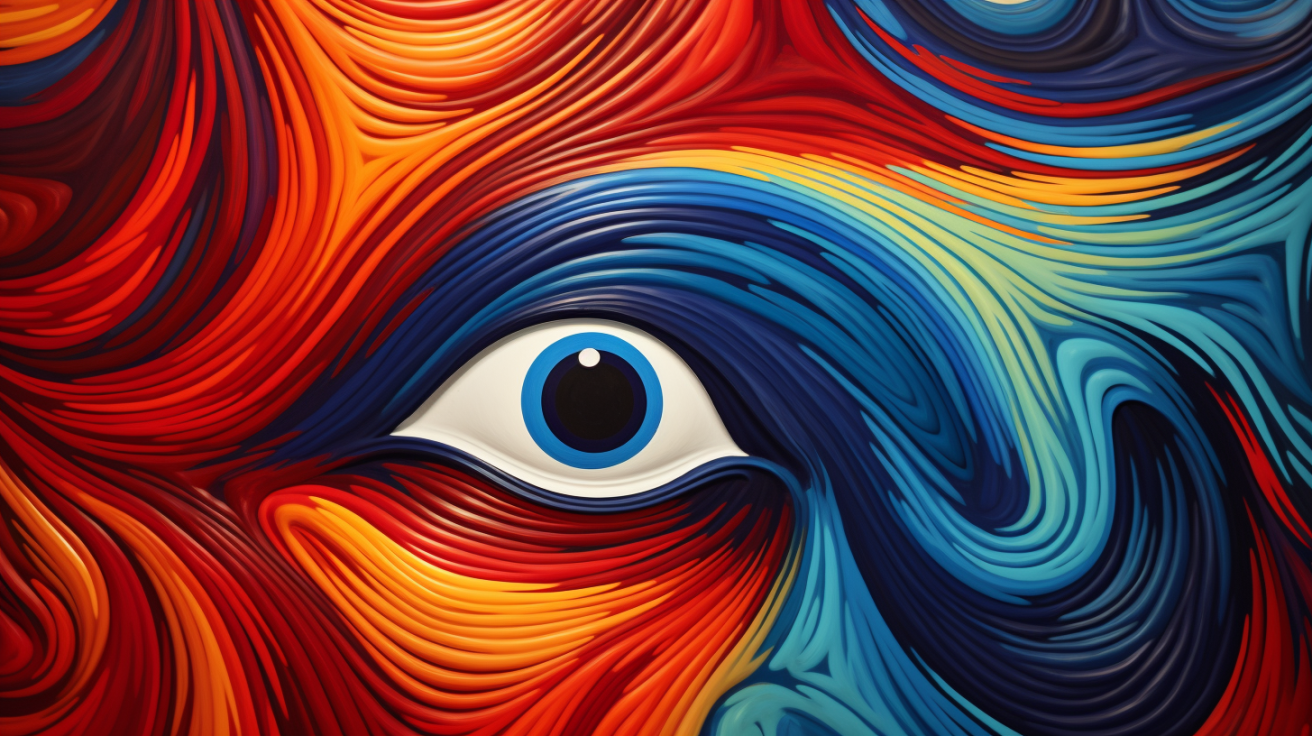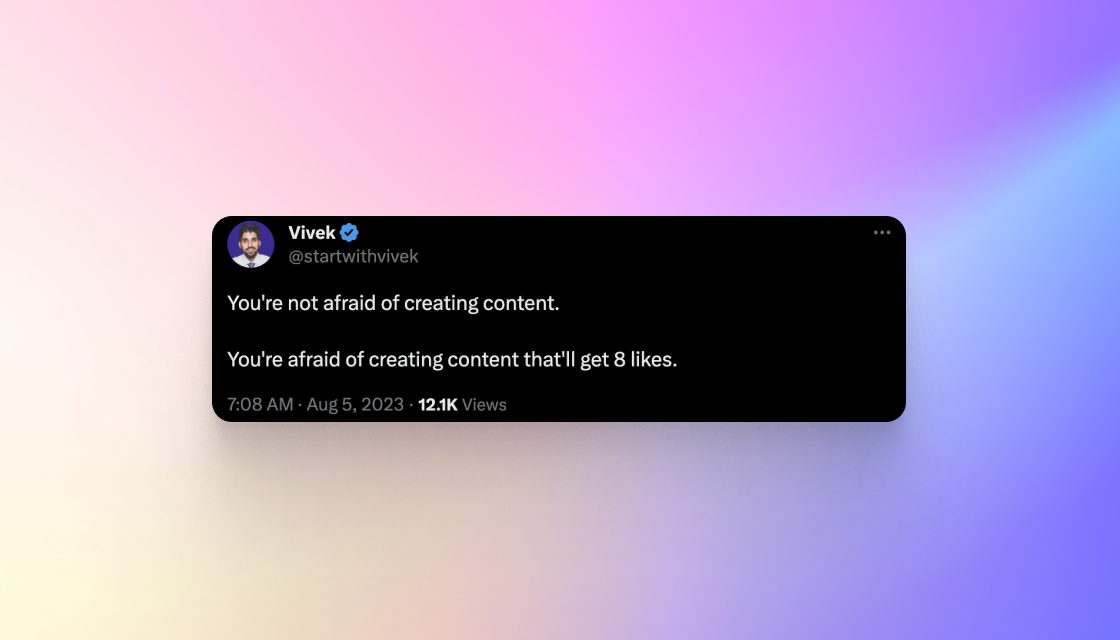💻 Design your dream landing page
Welcome back, everyone! Inside this week's issue, you'll discover the freshest new features in Ghost, alongside the most compelling stories and insights in the world of publishing. Settle in with a beverage of your choice, and let's jump right into what's new!
💬 In this week's issue:
- Discover how to create beautiful landing pages using the Ghost editor.
- Have you tried BAB and AIDA? Explore these creative copywriting frameworks and make your writing more persuasive.
- Find out how cognitive biases and buyer psychology can improve your content.
Was this email forwarded to you? Subscribe here!
How to build a beautiful landing page in Ghost

Hot off the press 🔥 It's now possible to remove the title and feature image from any page in Ghost, unlocking the ability to build landing pages that truly look the part in just a few clicks. All you need to do to get started is hide the title and feature image from the page settings, like this:

Once you've done that, it's time to start building a beautiful landing page using the dynamic cards in the editor. For example, you can use a header card or a signup card to open your page with a splash, followed by some copy, images, toggles, buttons, or whatever your heart desires.
Here's a few examples of what's possible:

We'd love to hear from you and see what you create. Hit reply or head to the comments to share your new landing pages with the community! 💅
Interesting stories & ideas 📚
- 3 time-saving Facebook automated rules to try (+1 to avoid)
- Google engineers want to make adblocking (near) impossible
- How to scale the # of articles you publish per month (& increase your search traffic)
- Giving your donors the best possible experience as a non-profit
- The difference between creative & uncreative people
Copywriting frameworks that actually work

Speaking of creating beautiful landing pages, if you're looking for some copywriting tips to make sure those pages convert, look no further than these frameworks.
In a recent newsletter issue, Neal O'Grady argues that rather than reinventing the wheel, you can use some of these existing copywriting frameworks to spice up your writing. Here's some examples to get you started!
PAS(P)
Neal added the last P to this commonly used framework to make it even stronger:
- Problem — Identify a problem your audience has.
- Agitation — Make that problem more intense.
- Solution — Introduce the solution to the problem.
- Proof — Provide evidence and social proof.
BAB
Paint a story of where your reader is now, where they could be, and how they can get there:
- Before — Show your reader's current (bad) situation.
- After — Show how amazing their life could be.
- Bridge — Explain how your product bridges the before-to-after gap.
AIDA
If you're struggling to focus on a "problem" using the first two frameworks, then you might find AIDA is a better fit:
- Attention – Hook your readers with a great headline, question, or fact.
- Interest — Build interest with a story that backs up your headline.
- Desire — Paint a picture of how.
- Action: Drive action with a compelling call to action.
The 4 P’s
Make your readers visualize their future with this framework:
- Promise — Make a bold promise about what you can offer.
- Picture — Help readers visualize how their life will be improved.
- Proof — Back up your promise with testimonials and social proof.
- Push — Your CTA, give visitors a reason to take action.
Writing is a superpower.
It sells even when you're asleep.
It amplifies your voice around the globe.
It sharpens your own thinking.
It attracts people to you.

How to hypnotize your audience

We all want to be liked, make friends, and have a laugh. (Not talking to you, Capricorns. 🐐) We do this by relating to others and understanding what makes us tick. Connecting with people can be hard, and an unconscious barrier that all of us have are cognitive biases. These biases are a natural part of the human psyche and are mostly viewed as negative, but can cognitive biases be used as a positive in the name of content creation? Alex Llull over at The Steal Club thinks so.
I’ve been studying cognitive biases and buyer psychology a lot lately. Initially, it was out of curiosity more than anything else. But, the deeper I dug, the more ideas I found that could be applied to content creation. We engage with things that spark emotions in us. That’s why learning what makes people buy, click or engage is super helpful. And it can turn into a competitive advantage. – Alex Llull
Here's how you can help grow your engagement in a mind-bendy sort of way:
- Make your content feel personal, even if it isn't all that deep. This will help draw your audience in and make them feel seen and heard. It's not always about what you say, but how you say it.
- Give your content its own signature style. Use unique colors and interesting formatting. Just like in real life, personality is everything. What's pleasing to the eye will be pleasing to the brain.
- Create an emotional barter system. A human's natural instinct when being helped is to give help in return. Don't be afraid to ask for retweets (re𝕏eets?), follows, and shares. A loyal audience will happily go to bat for you.
- Master the art of passively bragging. Sharing your wins with style is a classy way of making people think (or know) they're missing out on something great. The bandwagon effect is real!

Psychology can be applied to everything, including content creation. Just remember that with great power comes great responsibility. There's a fine line between being dishonest and delivering content in a more appetizing way. Your first line of defense is to create great content. The second is to make your content more human, and that's the most genuine you can be. 🌀
Curator's pick

Enjoy this newsletter?
Forward to a friend, sharing is caring.
Anything else? Hit reply to send us feedback or say hello. We don't bite!
Join an invite-only community! Connect with like-minded people who create content professionally — apply here.






